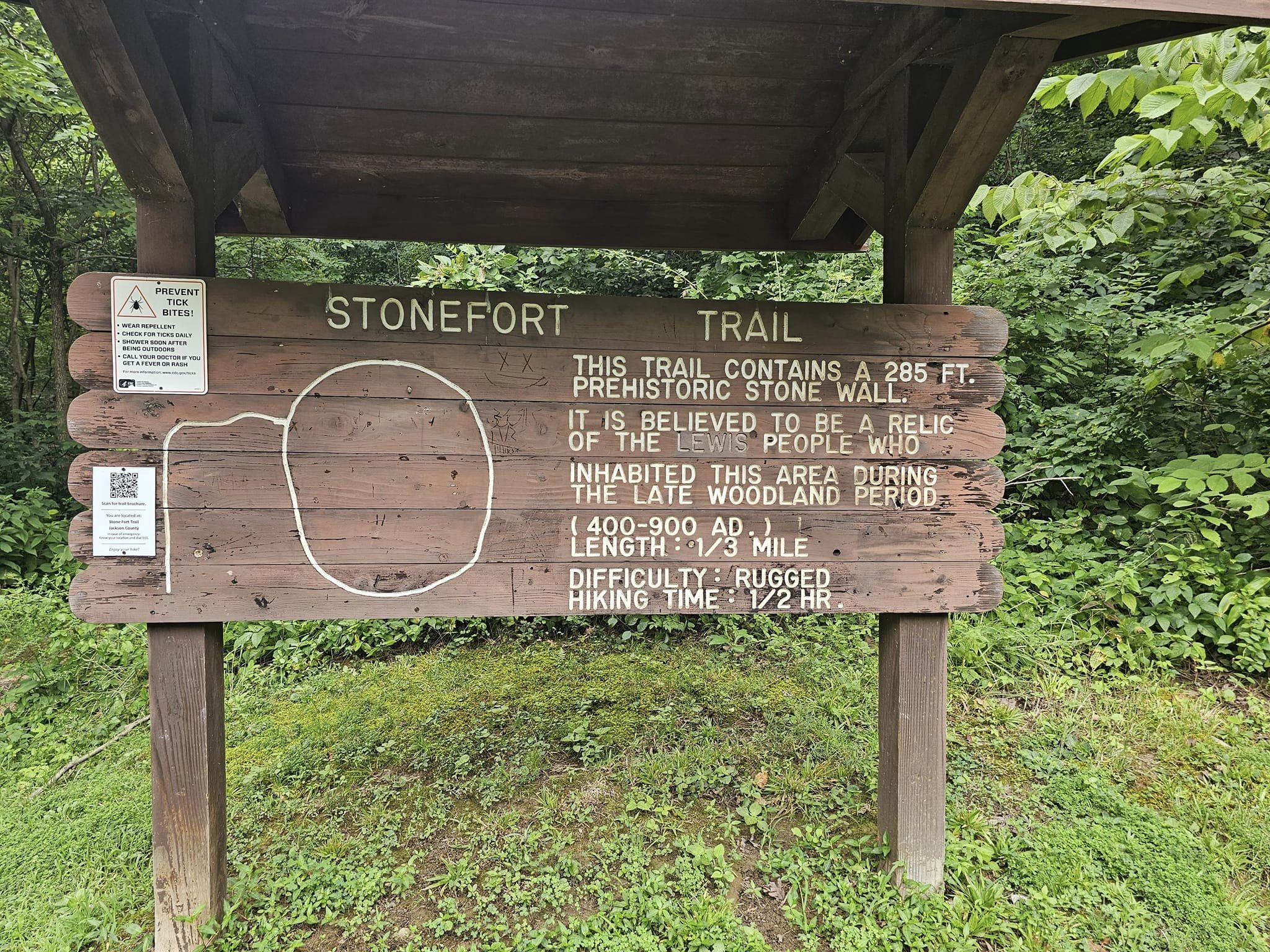With its breathtaking natural beauty and unlimited opportunities for outdoor recreation, a trip to Giant City State Park near Carbondale is sure to delight visitors of all ages. From camping and horseback riding to fishing and rappelling, it’s an outdoor lover’s paradise. Giant City State Park is located at 235 Giant City Road in Makanda Illinois. For more information, click here.
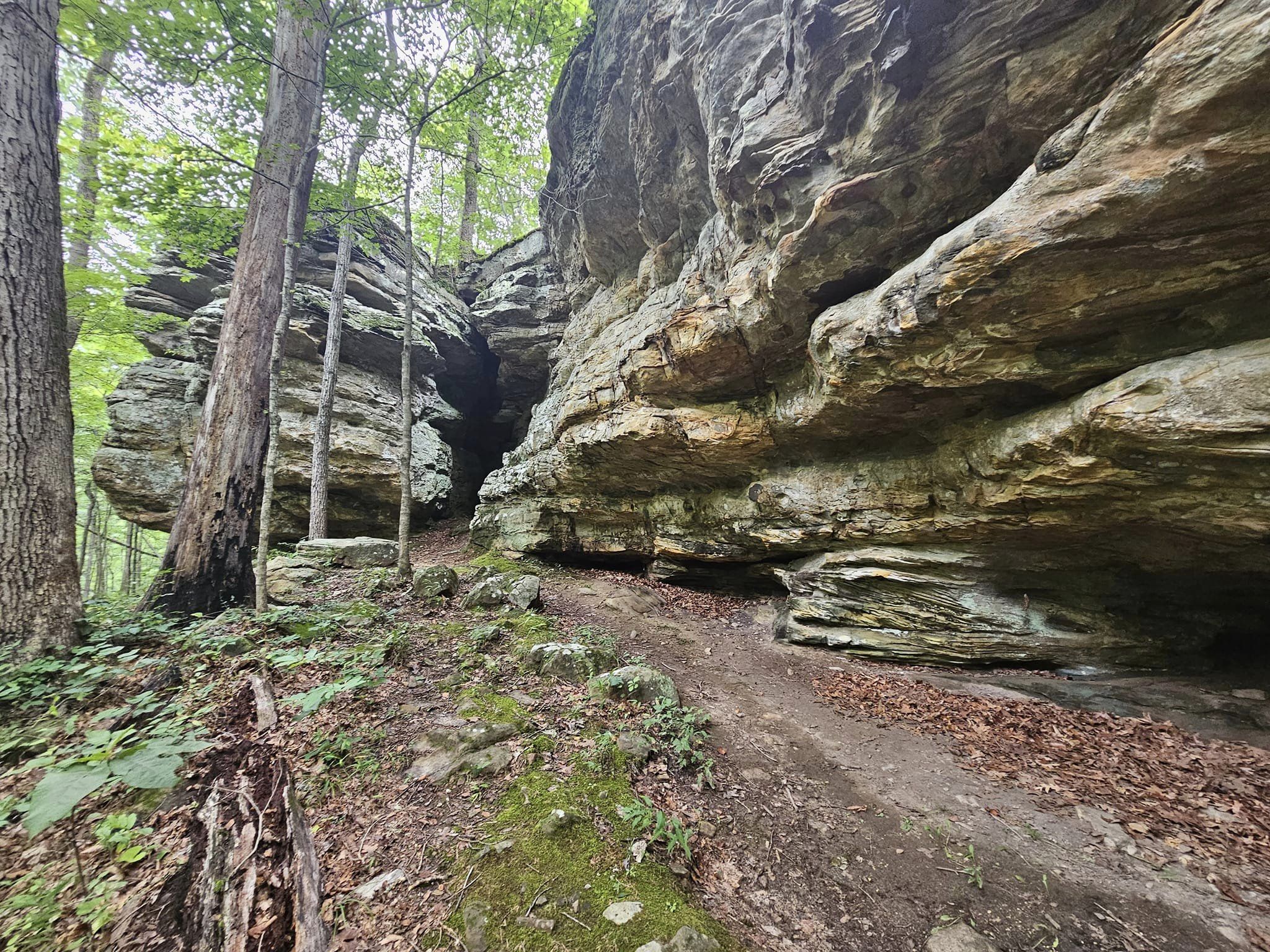
Visitors will marvel at the many hiking trails. Especially popular is the Giant City Stone Fort Nature Trail, this trail features the remains of an ancient stone fort that dates back around 1,000 years.
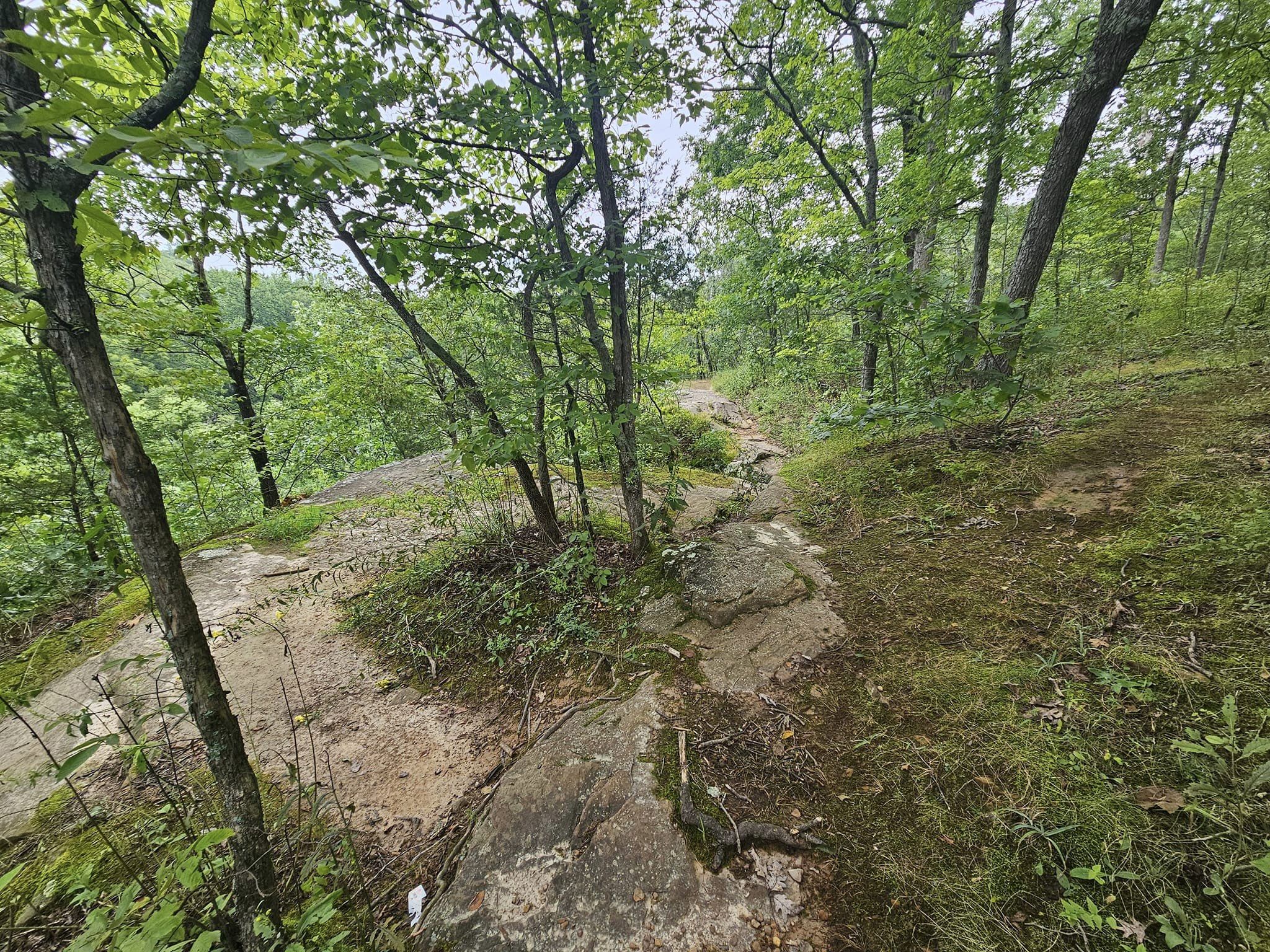
The trail will take you back around 1,000 years to when Native American cultures were enjoying the area’s abundant resources (water, wildlife, nuts, berries, and roots). The massive stone wall was at one time 285 feet long, six
feet high, and nine feet thick. The appearance of a “stone fort” or stone wall here at Giant City is one of at least ten in
southern Illinois. The stone wall that you see today is a modern reconstruction of the original wall. Early residents
of the area had moved the stones for building purposes. During the 1930s the CCC (Civilian Conservation Corp)
workforce gathered the scattered stone and rebuilt the wall in its original location. An explanation for the large hole in
the front of the wall is unknown, although it most likely represents the work of treasure hunters. The hole was there
when the site was officially recorded as an archaeological site in 1956.
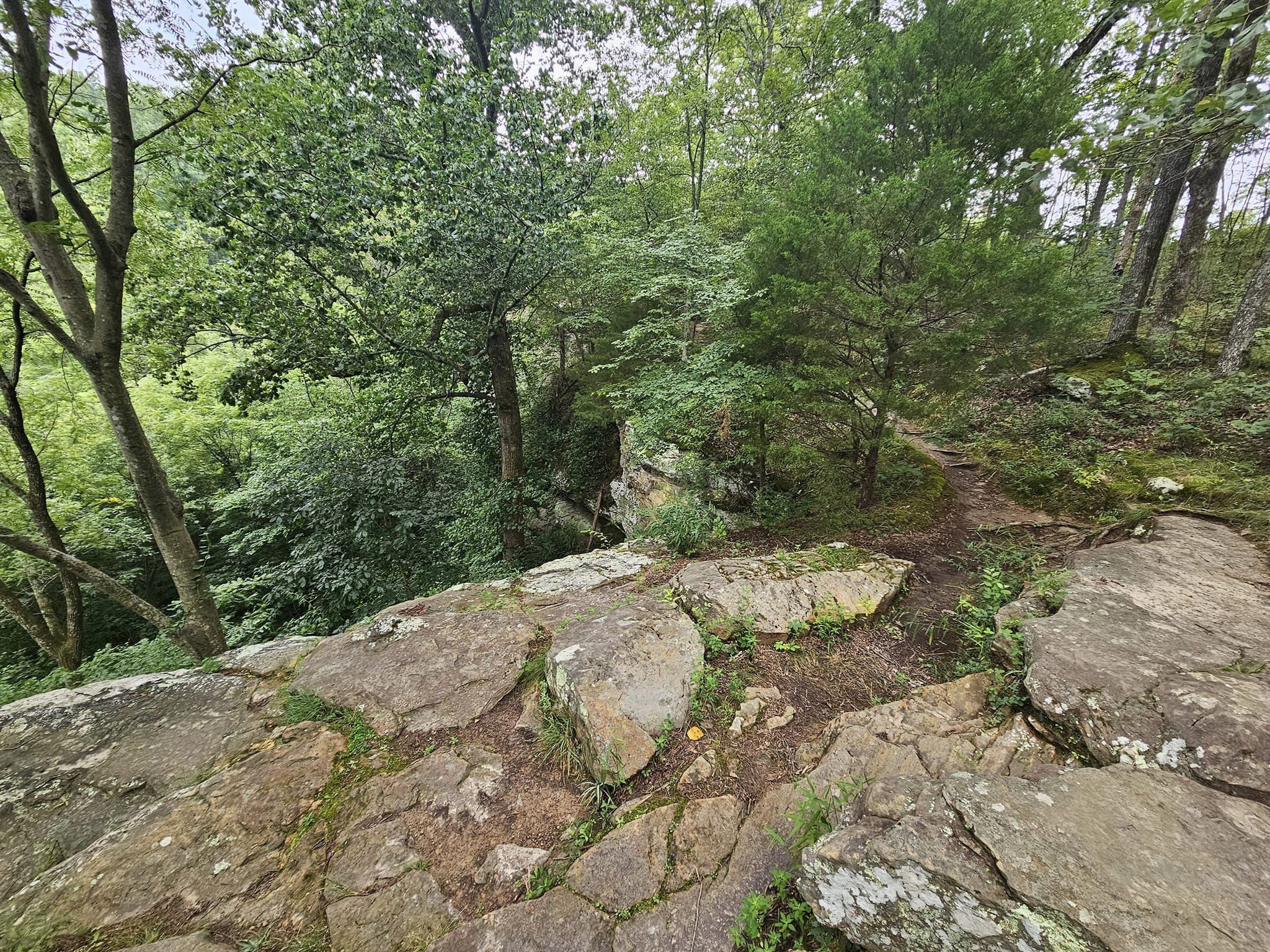
The trail is only 1/3 of a mile in length, and takes approximately 30 minutes to hike. The difficultly rating of this trail is moderate. While being one of the shorter trails in the park there is still plenty to see, and the remains from the stone fort give you a vision into what life may have looked like all those years ago.
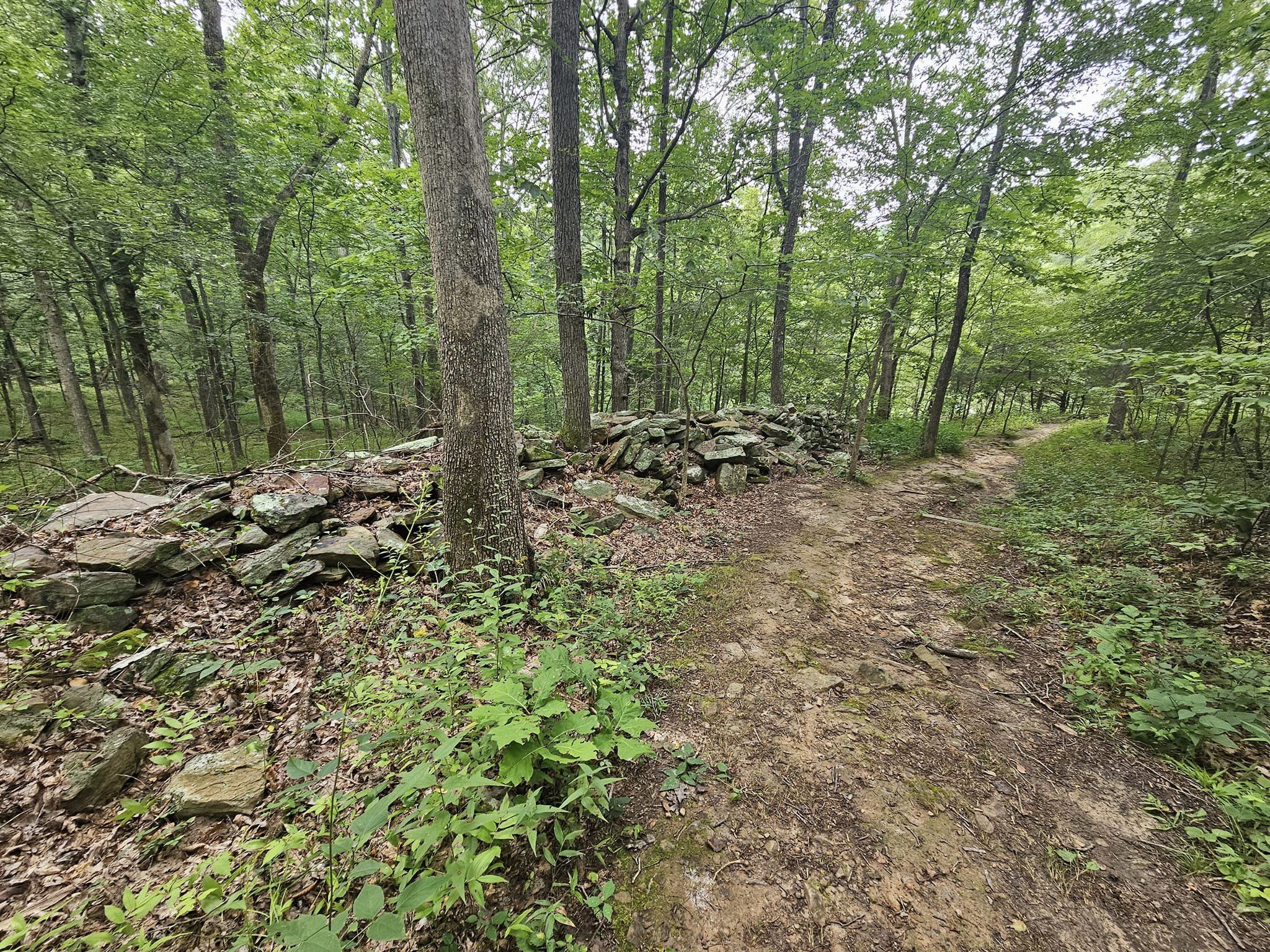
The short, but steep, climb up to the stone wall contains large sandstone boulders in the trail, so please use caution
when walking. The steepness of the slope and the large number of visitors to the trail are causing a great deal of
erosion. The erodible surfaces are actually wind-blown loess: soft, fine-grained material blown in as dust during the
later part of the Ice Age or Pleistocene.

The small tributary creek lying next to the trail offers spectacular water falls during rain events, and unique ice formations in the winter. However, this creek is considered intermittent–flowing only during and after a storm event.
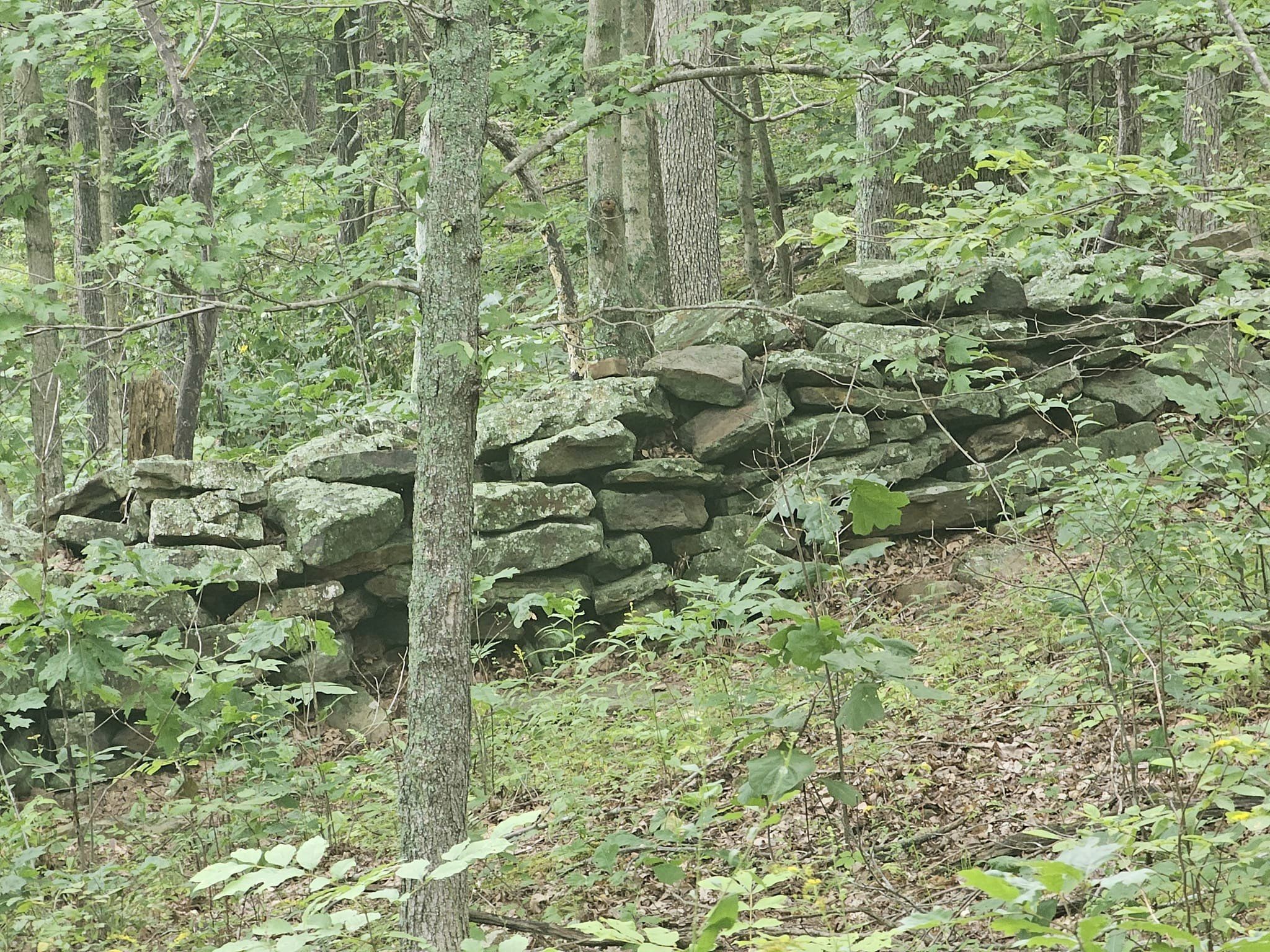
The stone fort is thought to have been built by prehistoric Native Americans during the Late Woodland Period (A.D.
400-900), probably between A.D. 600 to 800. Most of these sites are not habitation sites (villages) in the usual sense.
There is only a modest amount of artifacts, which is common among places of sporadic use for short periods of time.
Debris found on this site includes shreds of grit or grogtempered cord-marked pottery and stone tools, like projectile points. Some Late Woodland peoples lived in large, intensively occupied villages located near major streams.
Late Woodland groups had a mixed economy of hunting, gathering, and cultivation (gardening) of a series of native
plants (barley, sumpweed, maygrass, squash).
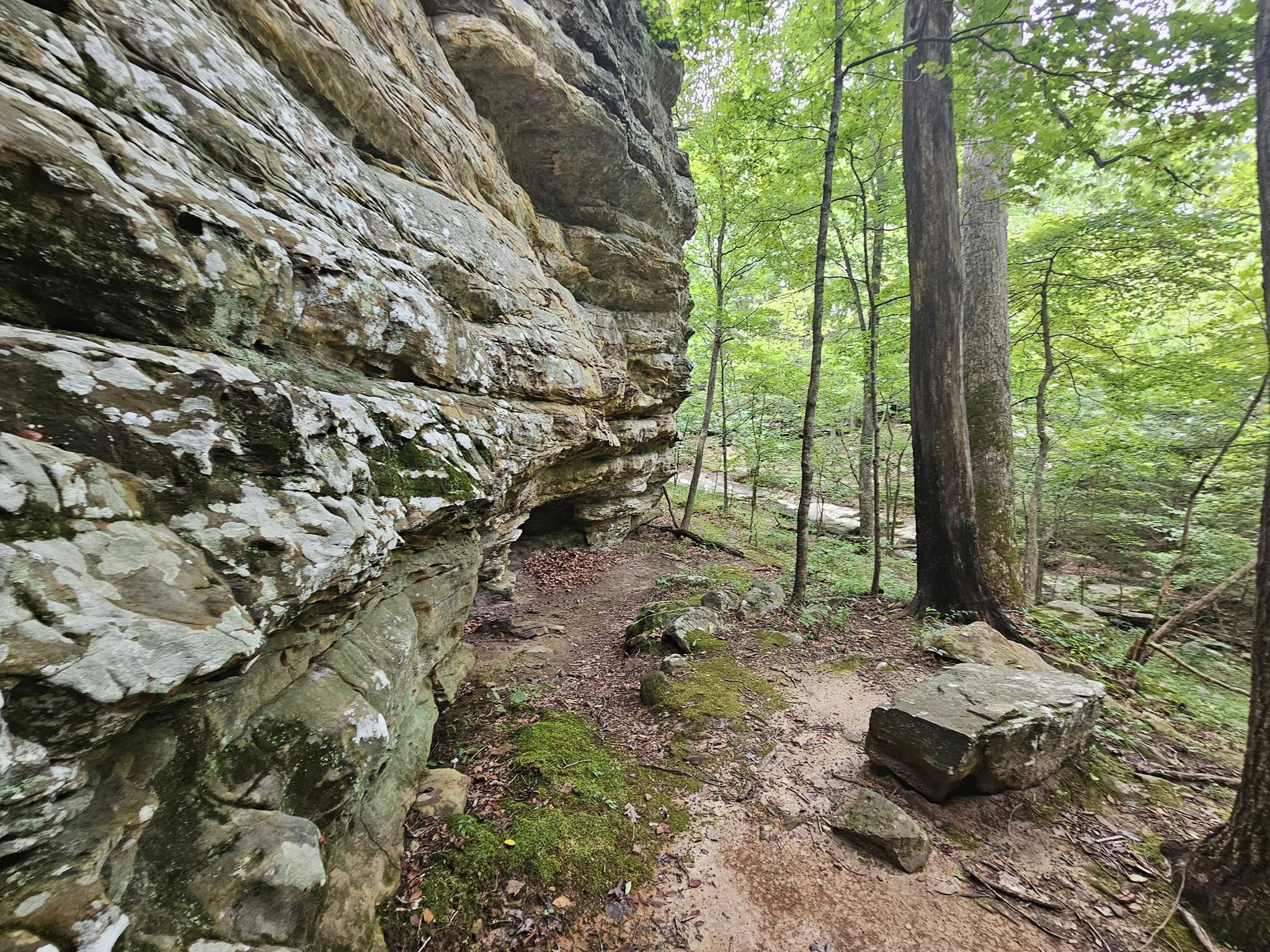
Weather its for the historical significance, the natural beauty, or just spending time in nature. Do yourself a favor a hike this trail, this is an experience you won’t soon forget!
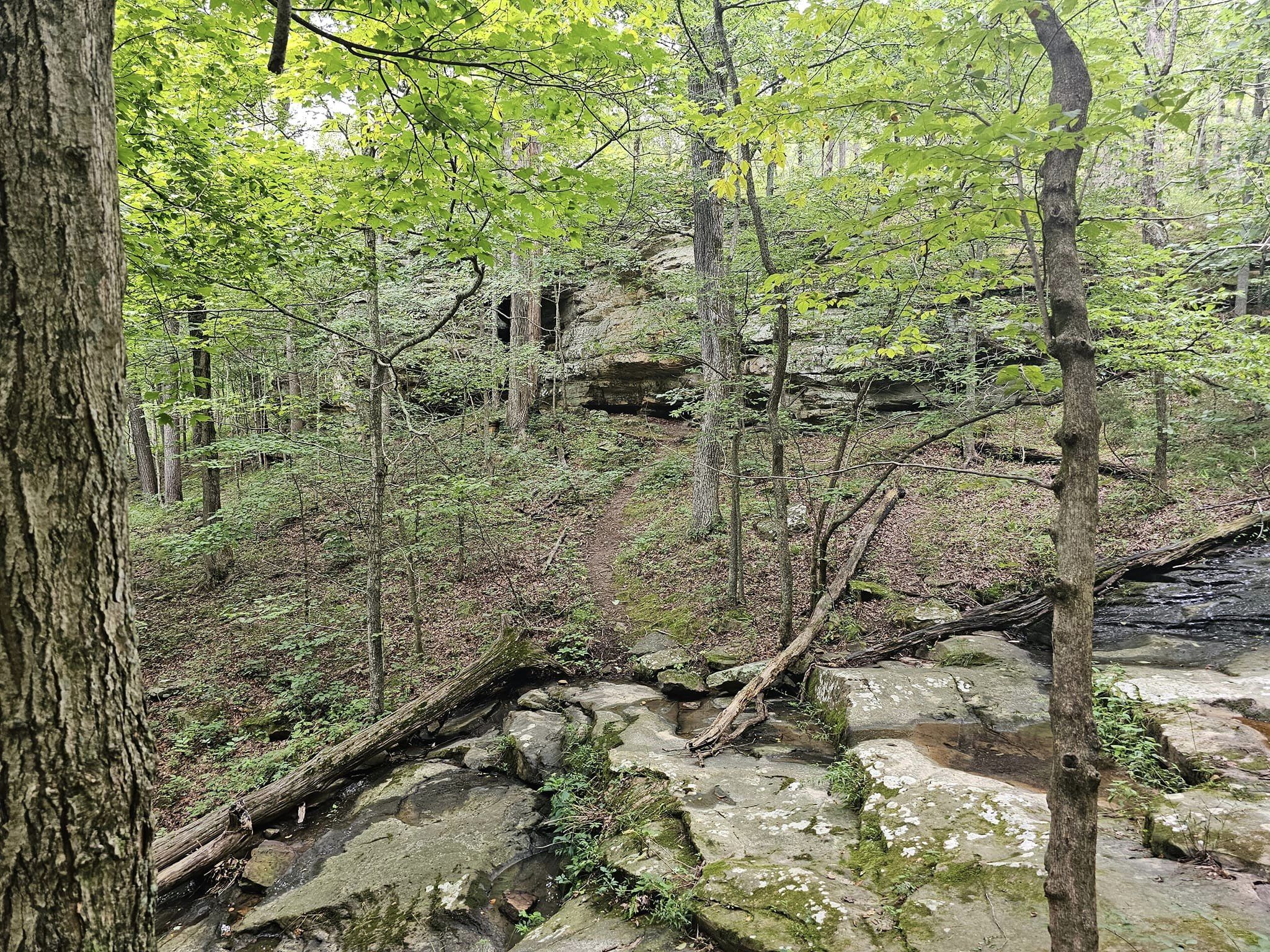
If your looking for nearby lodging, click here. If you want to find more hidden gems nearby, click here. For the areas best family activities, click here.
